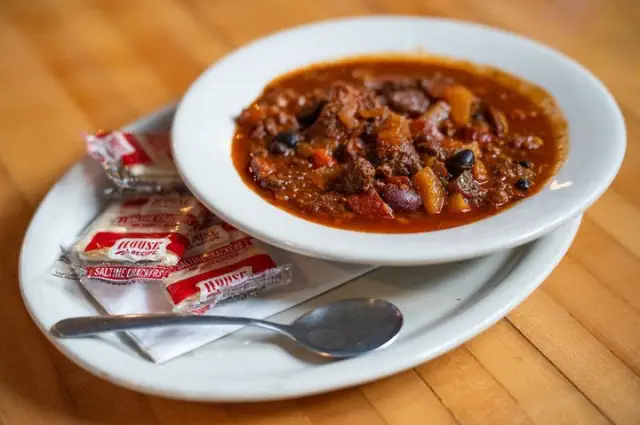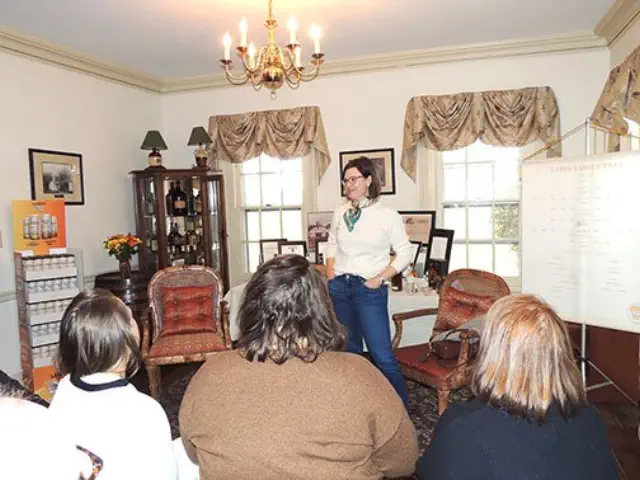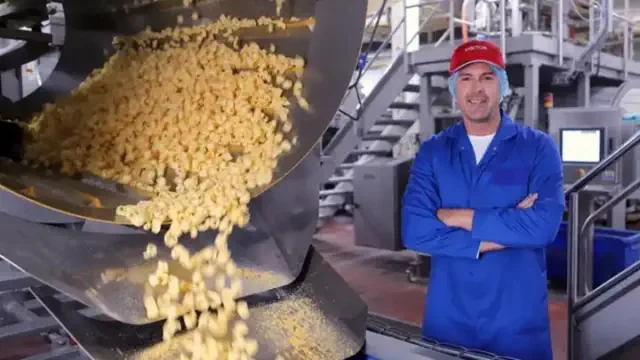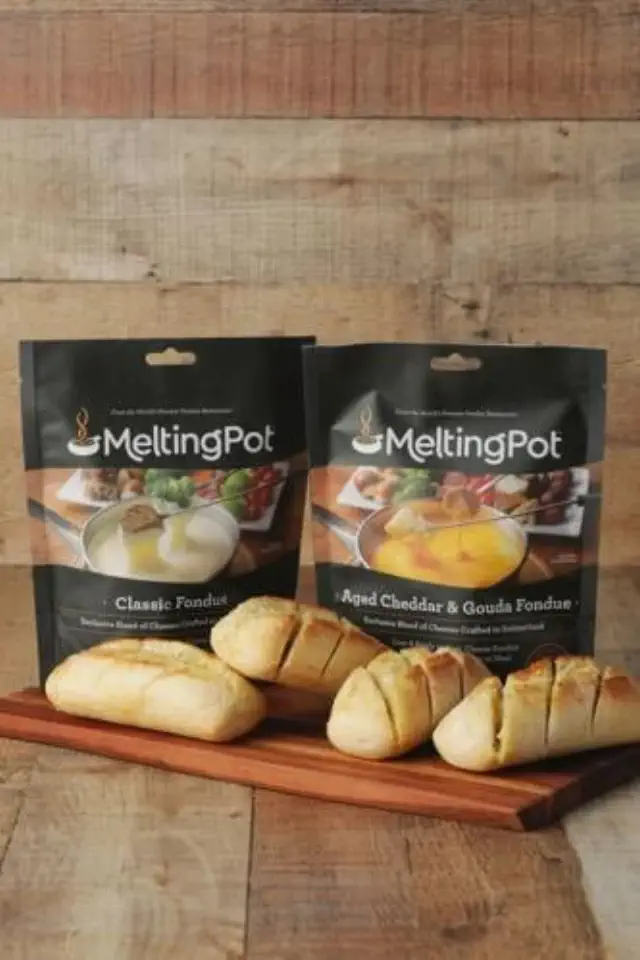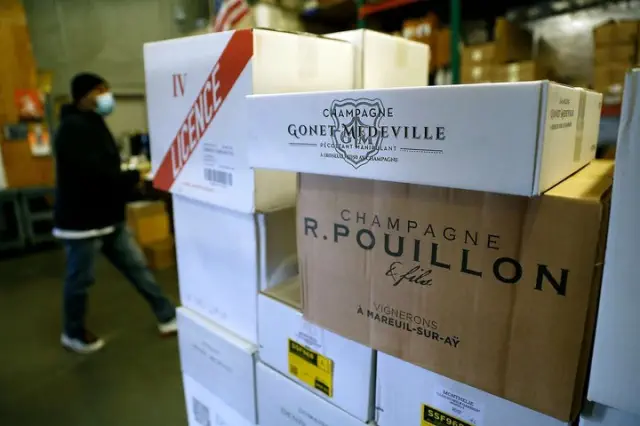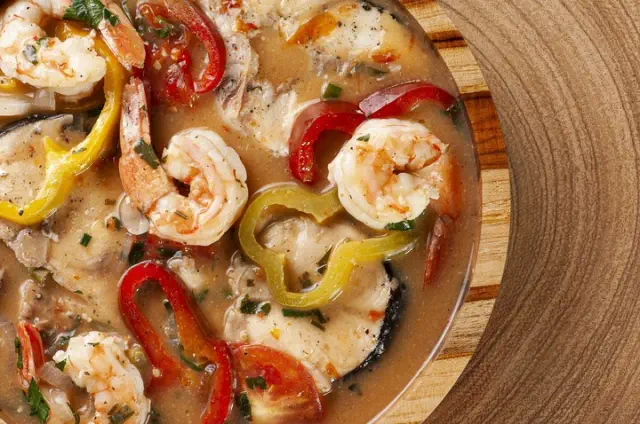
View pictures in App save up to 80% data.
Written by Dan Berger
Contributing Author
If you enjoy wine, chances are you visit retail wine shops whenever you need a bottle or two for a meal or an upcoming celebration.
There are numerous compelling reasons to start a modest wine collection at home. First and foremost, having a variety of wines readily available reduces the frequency of last-minute shopping trips. Impromptu purchases can be unpredictable, often leaving you with limited options that may not be to your liking.
By allowing yourself additional time to determine what to stock, you can make more thoughtful decisions, avoiding the rush of last-minute selections that might result in increased expenses or subpar wine quality.
A home cellar, or even a basic cool storage area, provides an ideal environment for wine enthusiasts to age their bottles in more stable conditions than those typically found at many retail stores, where temperature variations are common.
I think that lately, wineries have been launching their wines prematurely. A number of them would benefit from a bit more aging time. Take chardonnay, for instance; while it’s frequently enjoyed shortly after buying, it can develop greater complexity with just a few additional months or even a year in the bottle.
Having a personal wine collection offers enthusiasts the opportunity to mature their wines, while also being a cost-effective approach. Retailers frequently receive special deals on certain wines and are motivated to sell them quickly to secure profits before settling their costs. As a result, these wines may be offered at discounted prices for a limited time. However, it's important to note that prices can increase after a few weeks.
Here are some suggestions for initiating a diverse collection of wines.
The initial suggestion is to buy two or three bottles of your preferred wine, ensuring you have a selection that you'll enjoy having on hand. Let's begin with white wines.
A nearly essential wine to keep in your home cellar is sauvignon blanc. I typically stock four or five bottles in various styles. I particularly enjoy the California offerings from Dry Creek Valley, the Central Coast, and Russian River Valley. New Zealand options are also great and usually priced around $15, often delivering excellent quality.
These wines elevate any meal to a new level. The higher quality options are priced around $20 each, but they truly justify the cost. With proper cool storage, many of them will enhance in flavor over the next two to three years, allowing you to save them for special occasions.
Chardonnay is a favorite for many wine enthusiasts, and your choice should reflect your preferred style, whether you enjoy a crisp and zesty flavor or a more opulent and smooth experience. However, some have grown weary of chardonnay, finding it too conventional. If you're a fan, purchasing two or three bottles should suffice, as there is an abundance of options available.
I enjoy pinot gris and dry rosé wines when they are fresh and youthful. When adding to your personal collection, opt for the latest vintages — specifically from 2023. Aim to drink them within six months after buying. I recommend getting two bottles of each variety.
Sparkling wine and Champagne make excellent additions to your cellar; these effervescent beverages are synonymous with festivities, and you never know when friends might arrive with delightful news that calls for a toast. Having one or two bottles on hand is a wise idea. A key point to remember is that many of these wines do not age well in the bottle. It's best to enjoy them promptly and restock as necessary.
Given the high cost of French Champagne, a more budget-friendly option would be to consider California's Brut or Italian Prosecco for great value.
Few people recall that a delightful way to conclude a meal is with a chilled bottle of dessert wine, and the finest options can often come with a hefty price tag. However, Portuguese ports offer a delightful alternative that is generally more affordable. Look for wines labeled as “tawny,” as these are typically aged at the winery and do not require additional aging.
The initial recommendation for a new wine cellar is to begin with a collection of 12 to 15 bottles of white wines. In the second section, we will explore the ideal number of red wines to include. The third part will discuss how establishing a wine cellar can spark an exciting pastime: the art of wine collecting.

